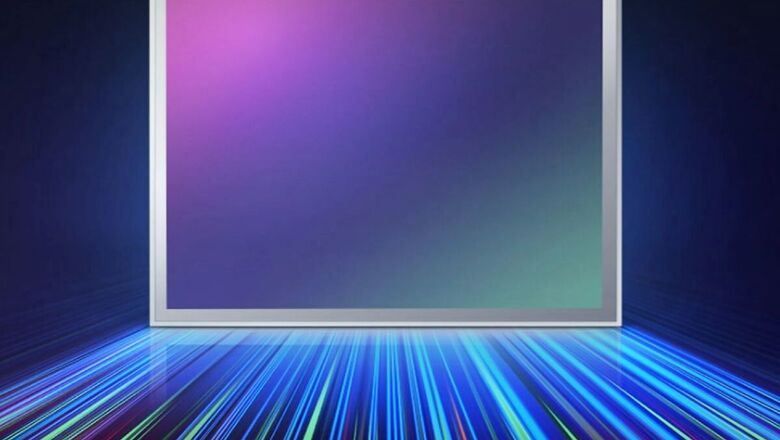
views
Samsung has announced a 3D Time-of-Flight sensor under its ISOCELL 0.7μm product lineup that the company announced in September this year. The new ISOCELL Vizion 33D sensor comes with enhanced depth-sensing capabilities and can be used for a variety of applications ranging from 3D scanning to video bokeh effect, as the sensor can track moving objects with low latency. According to a Samsung support page, the ISOCELL Vizion 33D sensor features a 4-demodulation system and support for 120fps for accurate movement tracking.
The 4-tap demodulation technology allows each pixel in the sensor to receive four phase signals simultaneously, allowing it to sense the depth with just one single frame. This also reduces motion artifacts significantly, according to Samsung. Further, the South Korean giant said that the ISOCELL Vizion 33D Sensor is capable of accurately detecting the depth of an object up to 5 meters away with high accuracy in both indoors and outdoor environments. The pixel technology on the ISOCELL Vizion 33D sensor can also accurately separate onjects in the background, which further helps in enhanced depth sensing. The ISOCELL Vizion 33D sensor also includes a Deep Trench Isolation technology which maximises isolation between pixels to reduce crosstalk. Further, it also comes with a Backside Scattering Technology that enhances the ISOCELL Vizion 33D’s quantum efficiency. Using these technologies, the Samsung ISOCELL Vizion 33D sensor boasts of some serious depth-sensing capabilities.
Apart from its 3D and depth sensing abilities, the ISOCELL Vizion 33D is also capable of assisting the main camera’s autofocus on smartphones. The Samsung ISOCELL Vizion 33D has a total power consumption of under 40mW for both the IR illuminator and the Time-of-flight sensor.
Read all the Latest News, Breaking News and Coronavirus News here




















Comments
0 comment